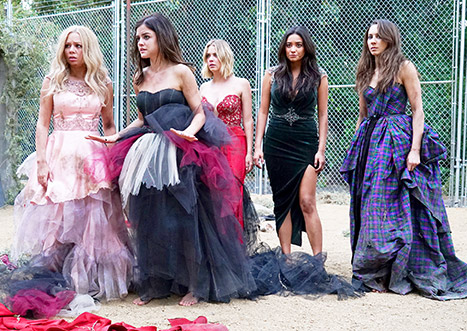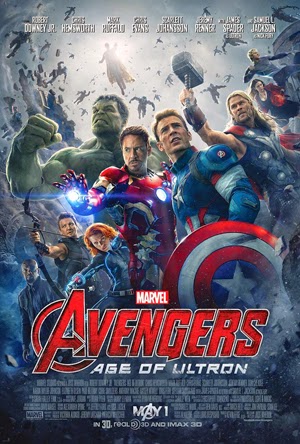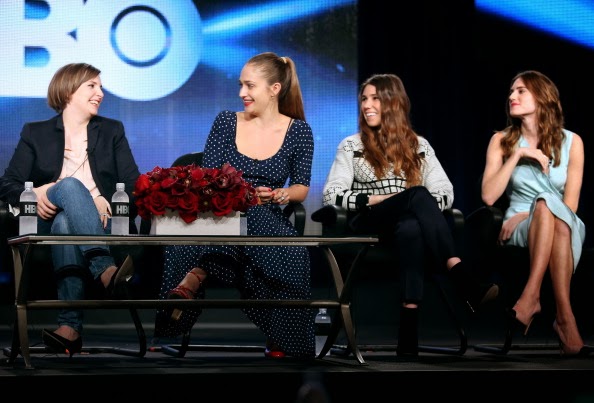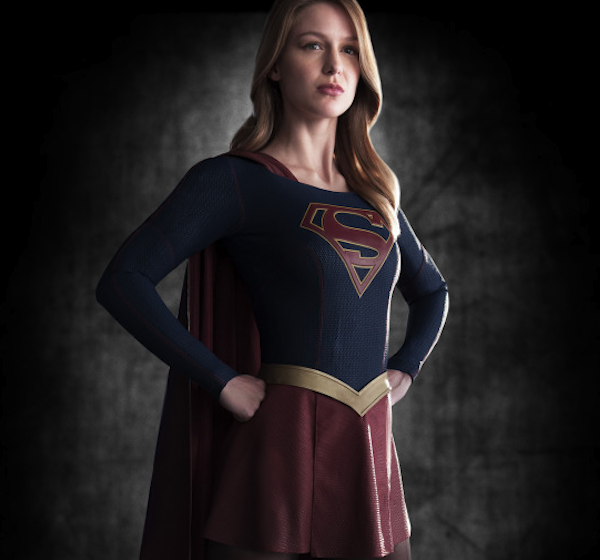 |
| Photo by Joerg Koch/Getty Images |
Last August, the Girl Scouts of America signed a $2 million partnership deal with Mattel (makers of Barbie) to give Scouts the opportunity to earn a Barbie “Be anything, Do everything” patch. As of this week, shoppers are able to scoop up a Girl Scout-inspired Barbie in stores, along with the corresponding website games, and patch.
The store availability of the Girl Scout doll caused a stir, and angered two consumer advocacy groups: Campaign for a Commercial Free Childhood and the Center for a New American Dream. The groups encouraged Girl Scouts USA to break ties with Mattel, claiming that Girl Scout Barbie is a “terrible role model” for young girls.
However, the only thing separating this new Girl Scout Barbie from her previous “role-model” careers is the partnership itself. Girl Scout Barbie debuts the first corporately-sponsored uniform patch in Girl Scout history—a choice Girl Scouts USA made. So rather than attacking the Barbie manufacturers, it follows that we should be attacking GSUSA. But of course, nobody wants to do that.
Instead, angry parents and opposing groups tend to blame an unrealistic Barbie body-image. A petition launched, by the Campaign for a Commercial Free Childhood, on July 22, 2014 stated: “While Mattel and the Barbie brand benefit enormously from GSUSA’s endorsement, the partnership harms girls. In addition to encouraging sexualization, the Barbie brand idealizes a dangerously impossible body type.”
Seemingly compounding the complaint, in February, the 2014 Sports Illustrated Swimsuit issue decided not to feature its usual flawless female. Instead, the magazine placed the notorious 55 year old Barbie doll on the front cover.
The purpose of Barbie’s front cover showing was to emphasize her lasting success since first released in a swimsuit getup in 1959, while also celebrating the 50th anniversary of Sports Illustrated and its career-launching opportunities for past models such as Christie Brinkley, Tyra Banks, Heidi Klum, and Brooklyn Decker.
I support the magazine’s view. The fact that Barbie has been around since 1959, and is still one of the most popular toys, among girls, is an astounding feat. Toy popularity and interest is fickle and fast-paced, constantly changing to keep up with technology. Barbie is many things, and she is unquestionably successful.
It’s possible that Barbie’s success draws from the fact that she’s fun to play with. These are kids, ages 5-9, dressing up the dolls, not body-conscious teenagers! I confess, I had a more than modest Barbie collection. I didn't once think a thought on Barbie’s weight. I was more preoccupied with what her clothes looked like, and where she’d go in my imagination that day.
Those childish concerns are exactly what Girl Scouts of the USA and Mattel are centering Girl Scout Barbie
on. The numerous Barbie outfits, and corresponding careers, plant seeds of awareness and opportunity. The clothes and accessories “stick” at that young age through visual and hands-on learning.
If the battle is against the unhealthy self-esteem generated by Barbie’s perfect image, the blame must be fairly distributed. Are Disney princesses somehow less unrealistic as real-life body type comparisons? What about “pretty” female cartoons, or video game characters? When I think back now to when I watched cartoons like “Kim Possible,” girls’ waists just aren't that small. Yet, the “girl power” values and icons attached to these characters are more acceptable than Girl Scout Barbie.
If parents and advocacy groups are concerned about a “progressively sexualized nature,” they should focus less on Barbie and more on today’s top Twitter trend: the newly released 50 Shades of Grey movie trailer. Until Mattel comes out with a Barbie and Ken representation of Anastasia Steele and Christian Grey, I classify the Barbie industry as tame.
































0 comments:
Post a Comment